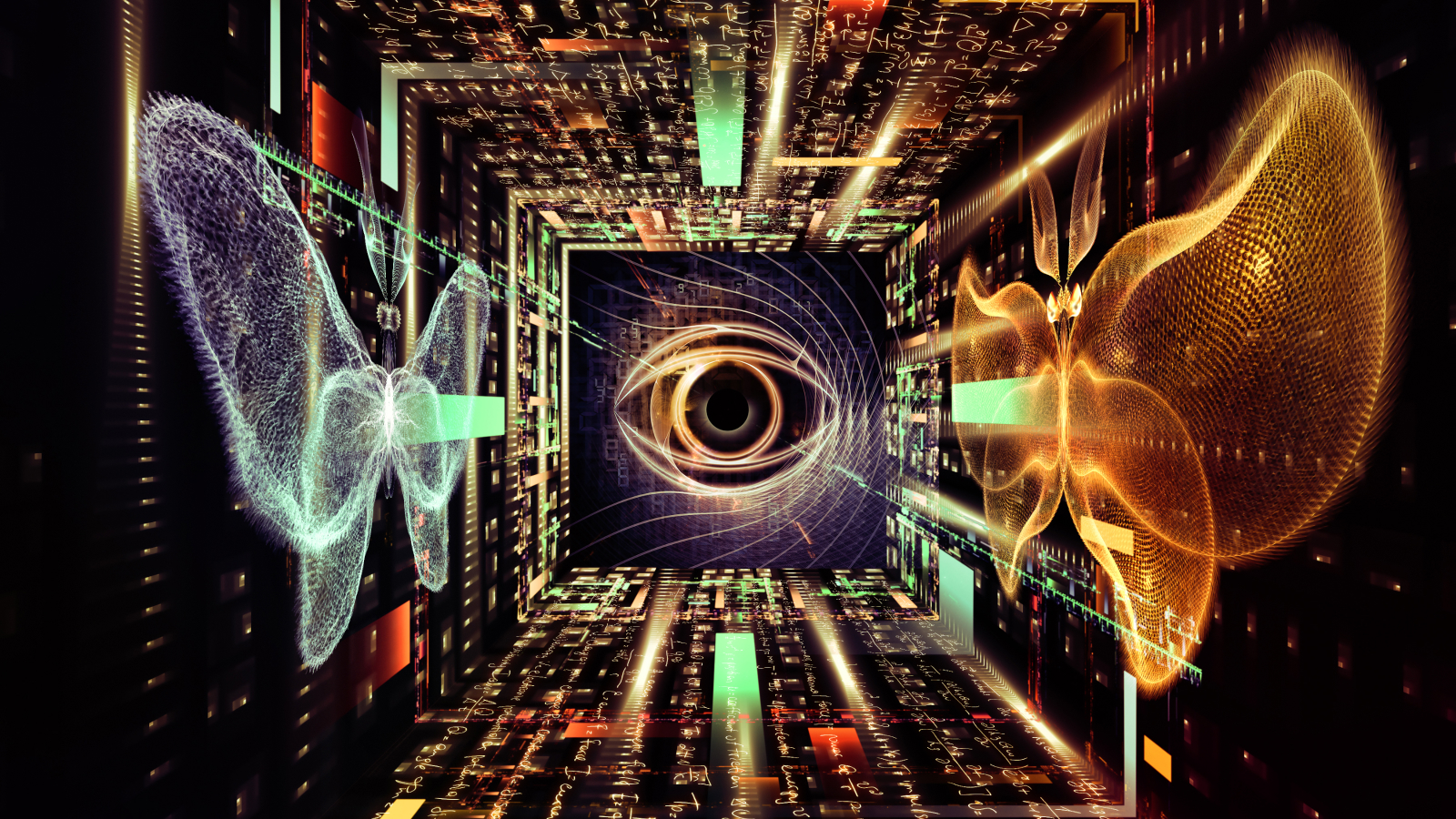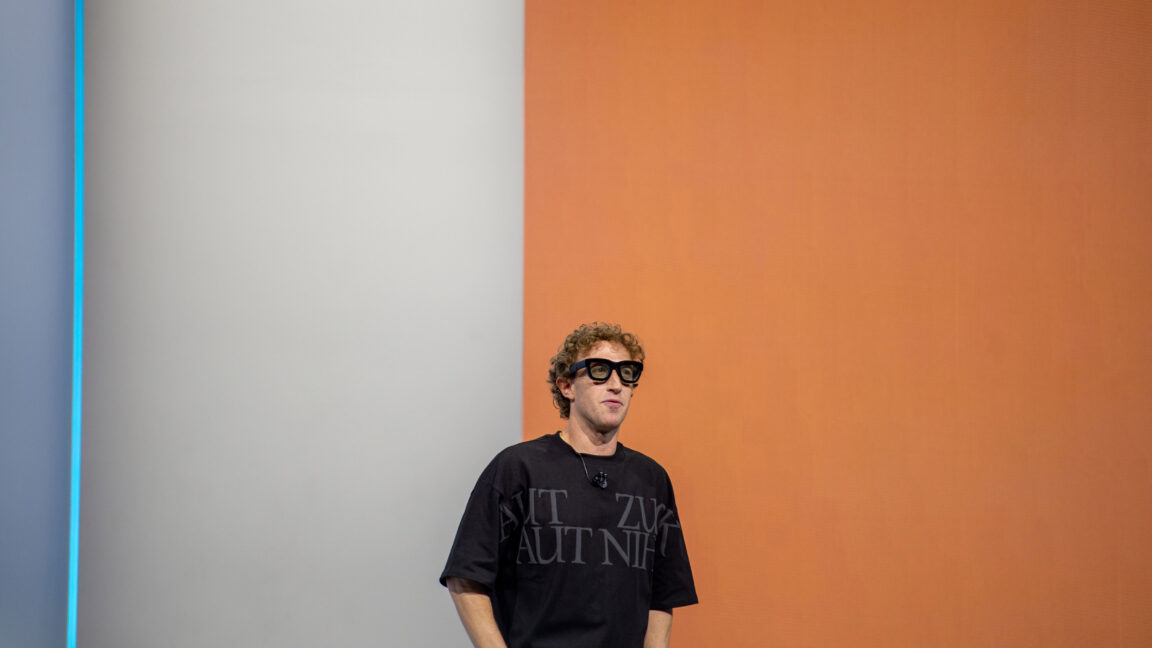T4K3.news
OpenAI models show high hallucination rates
Research reveals OpenAI's latest models hallucinate inaccuracies more frequently.

OpenAI's latest AI models may produce more inaccuracies as they evolve.
AI advancements lead to increased hallucination rates
OpenAI's recent research reveals that its most advanced models, o3 and o4-mini, frequently provide inaccurate information. These models hallucinated 33% and 48% of the time, respectively, which is a significant increase compared to the older o1 model. Eleanor Watson, an AI ethics engineer, warns this raises serious concerns about the reliability of AI chatbots. This phenomenon, though troubling, is seen by some experts as a necessary feature for AI's creativity. However, the accuracy of outputs must be addressed as errors could have serious consequences in fields like medicine and law. Dario Amodei, CEO of Anthropic, highlights the challenge of understanding how AI generates answers. Experts suggest that strategies like retrieval-augmented generation may help curtail hallucination issues, but complete elimination might not be feasible.
Key Takeaways
"When a system outputs fabricated information with the same fluency, it risks misleading users in subtle ways."
Eleanor Watson highlights the impact of misleading AI outputs.
"Hallucination is a feature, not a bug, of AI."
Sohrob Kazerounian points out that AI needs to hallucinate for creative outputs.
"Despite the belief that AI hallucination issues will improve, advanced models may actually hallucinate more than their simpler counterparts."
Kazerounian discusses concerns around AI advancements and cons.
The increasing hallucination rates in advanced AI models present significant challenges. While the ability to generate innovative responses is a hallmark of advanced AI, it leads to a critical risk when users accept incorrect information as truth. Experts like Watson and Kazerounian emphasize the need for structured reasoning and validation methods to restore trust in AI systems. As AI continues to evolve, distinguishing between fact and fiction becomes more challenging, raising the stakes in high-stakes domains. The caution advised by AI researchers indicates that users must maintain a skeptical view of AI outputs.
Highlights
- OpenAI's latest models hallucinate more often as they advance.
- AI creativity comes at the cost of increased misinformation.
- Trust in AI is eroding as hallucination rates climb.
- Users must approach AI outputs with skepticism.
Increasing AI Hallucination Raises Concerns
The rise in AI hallucinations as models advance could mislead users and degrade trust, particularly in critical fields.
The path toward reliable AI requires constant vigilance and innovative solutions.
Enjoyed this? Let your friends know!
Related News

Business leaders struggle with AI tool selection

OpenAI unveils secure ChatGPT Agent feature

Meta AI model can replicate half of Harry Potter text

Amazon stock drops 8.3% after disappointing earnings

Microsoft earnings report set for Wednesday

Auto loan delinquencies hit 15-year high in the US

Piper Sandler Rates Palantir Stock Overweight With $170 Target

AI advancements draw comparisons to ancient wonders
